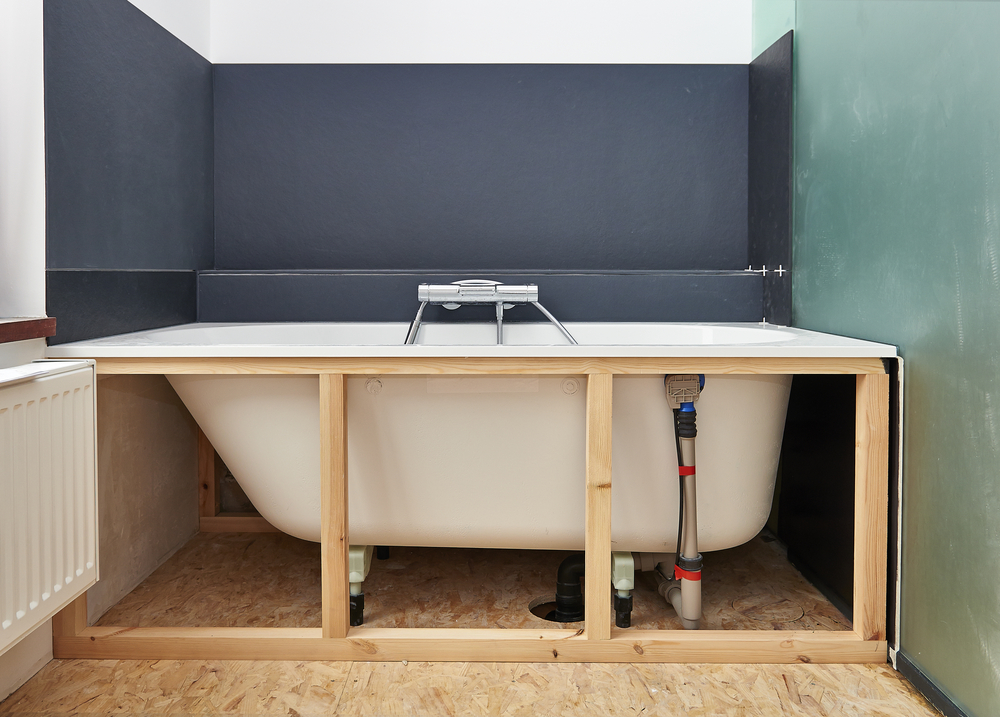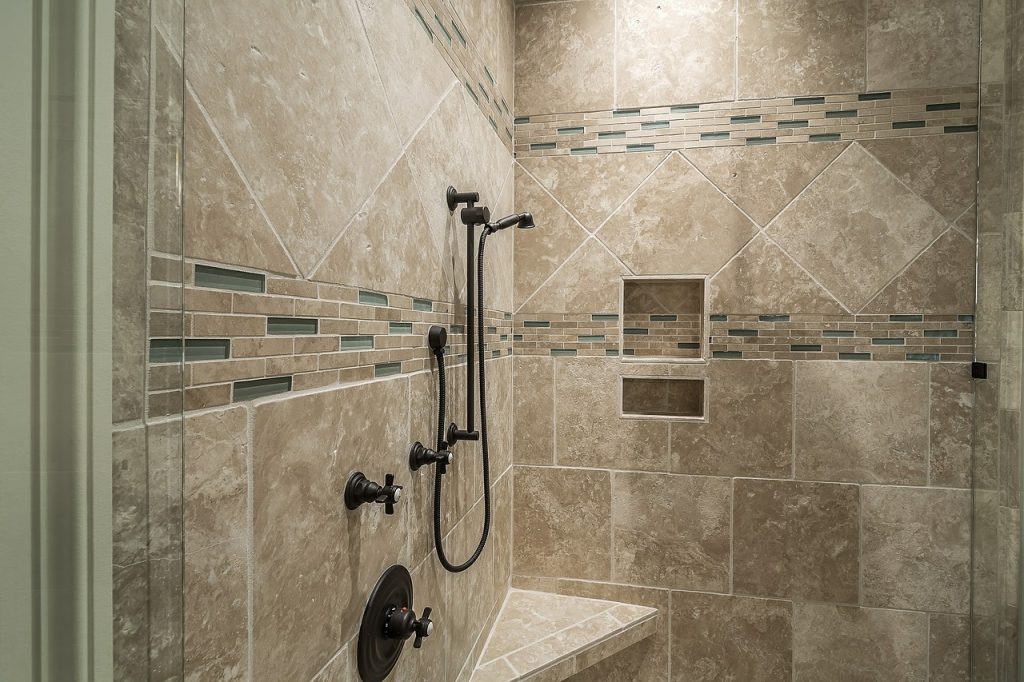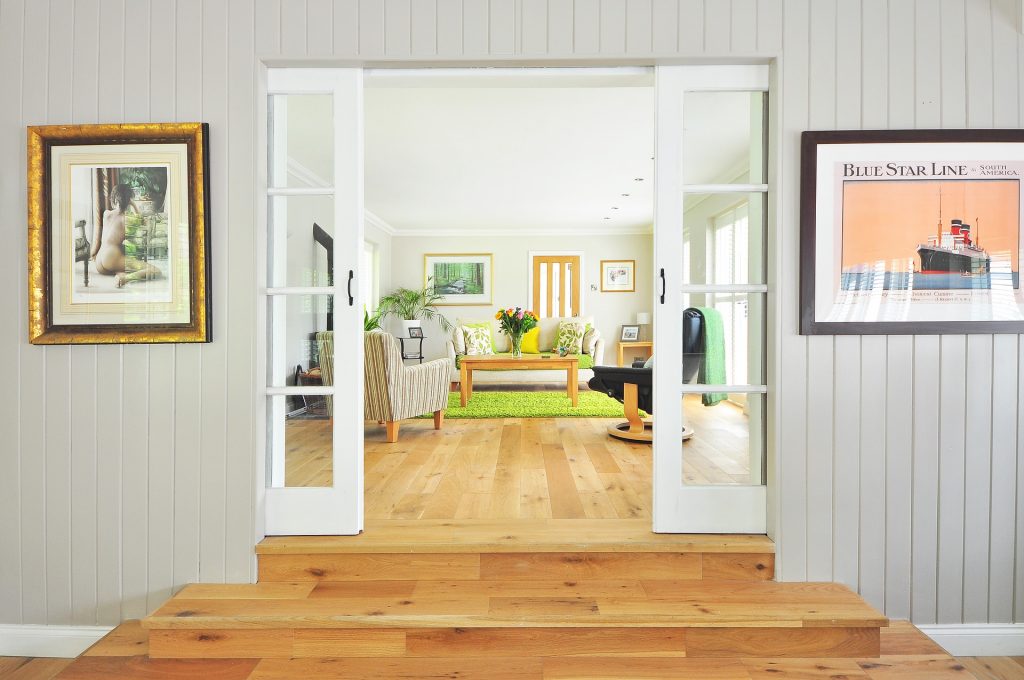Let’s take a hint from Shakespeare, but this time, let’s call it “To DIY or not to DIY.” As homeowners, often, we think that we can do many remodeling or maintenance projects by ourselves. After all, we have YouTube to serve as our teachers.
In reality, not all ideas are worth doing by yourself for many reasons. They may only increase your risk for injury, they need to comply with legal standards, or they are too complicated for your level of knowledge or skill.
To help you decide whether you should DIY your idea or not, consider the following points:
1. Putting Up a Drywall
Drywalls can serve many benefits for UK homeowners. One, they can help partition a house quickly. They can also improve your fire management plan as it can slow down the spread.
Drywalls can reduce noise levels that go in and out of your house. When you need a cleaner finish for your joints, you put up one of these. Lastly, they can help improve your property’s insulation, in turn, potentially reducing your utility bill, especially during the winter.
Now, the question is, can you put up the drywall yourself? The answer is yes, but you need to have the basic skills of a handyman. This means you know how to drill, cut woodblocks, and measure the rooms and sheets properly.
Otherwise, you can buy screws and other supplies like anchors online and have them delivered to your house. The same goes for the panel. The fixings are necessary to improve the stability of the wall.
2. Checking Insulation Ducts
This is better left to the experts, especially if you currently live in an old house. Reason: asbestos. This is a silica mineral that was so effective in insulation, not to mention it was easy to find and cheap to get.
However, over the years, scientists realized that asbestos fibers could break. When they do, they become microscopic particles that a person can inhale. Once they lodge in the lungs, they can cause inflammation. They may also increase the risk of a rare form of cancer called mesothelioma.
The UK has banned the manufacture, supply, and distribution of asbestos in the country in 1999. This means that homes that might have been built before this may contain the substance. This is especially true for homes constructed as early as the mid-1920s when the material was first introduced.
Sometimes the council can remove asbestos at your home for free, but if there’s no schedule for that, you can call a private removal company with proper licenses.
3. Building a Tiny Home

If you have extra space in your yard, you may be thinking about putting up a tiny home on days when you want to be by yourself.
Now, can you build one? The answer is yes, with a few caveats. The rules can vary whether the house will be on wheels or on the ground, but know that these homes are often classified as mobile or caravans in the UK.
If it will be attached to the chassis, the height should be within four meters if the roof is pitched and 2.5 meters if you’re planning to use a flat roof.
To be road-legal, the home must be no more than 2.5 meters wide. If you wish for a bigger space, then attaching it to the ground is a better option. It must also comfortably pass through motorway bridges with about three feet of clearance.
Meanwhile, if the house is static (like you’re putting it in your garden and you have no intention of bringing it anywhere), you can build one without getting planning permission. However, the size of the house must not be more than 65 feet in length and 22 feet in width.
Most of all, this house will count as additional living space. You cannot let it to someone.
4. Collecting Rainwater
Collecting or harvesting rainwater has become popular in the UK because of the high cost of water, increasing consumption, growing population, and climate change. And this is definitely something you can DIY.
Usually, you need only water butts connected directly to the roof or the gutter—anywhere rainwater flows from above. However, other homes invest in more sophisticated systems, adding filtration and then connecting the harvested rainwater to their indoor plumbing. This one might need help from an expert.
But what is more important is that you’re aware of the various rainwater harvesting rules, especially if the process will eventually affect the flow of regular water.
The bottom line is when it comes to maintaining and improving your house, you need not be a superhero all the time. You can ask for help, particularly if the project requires legal compliance or is dangerous.




